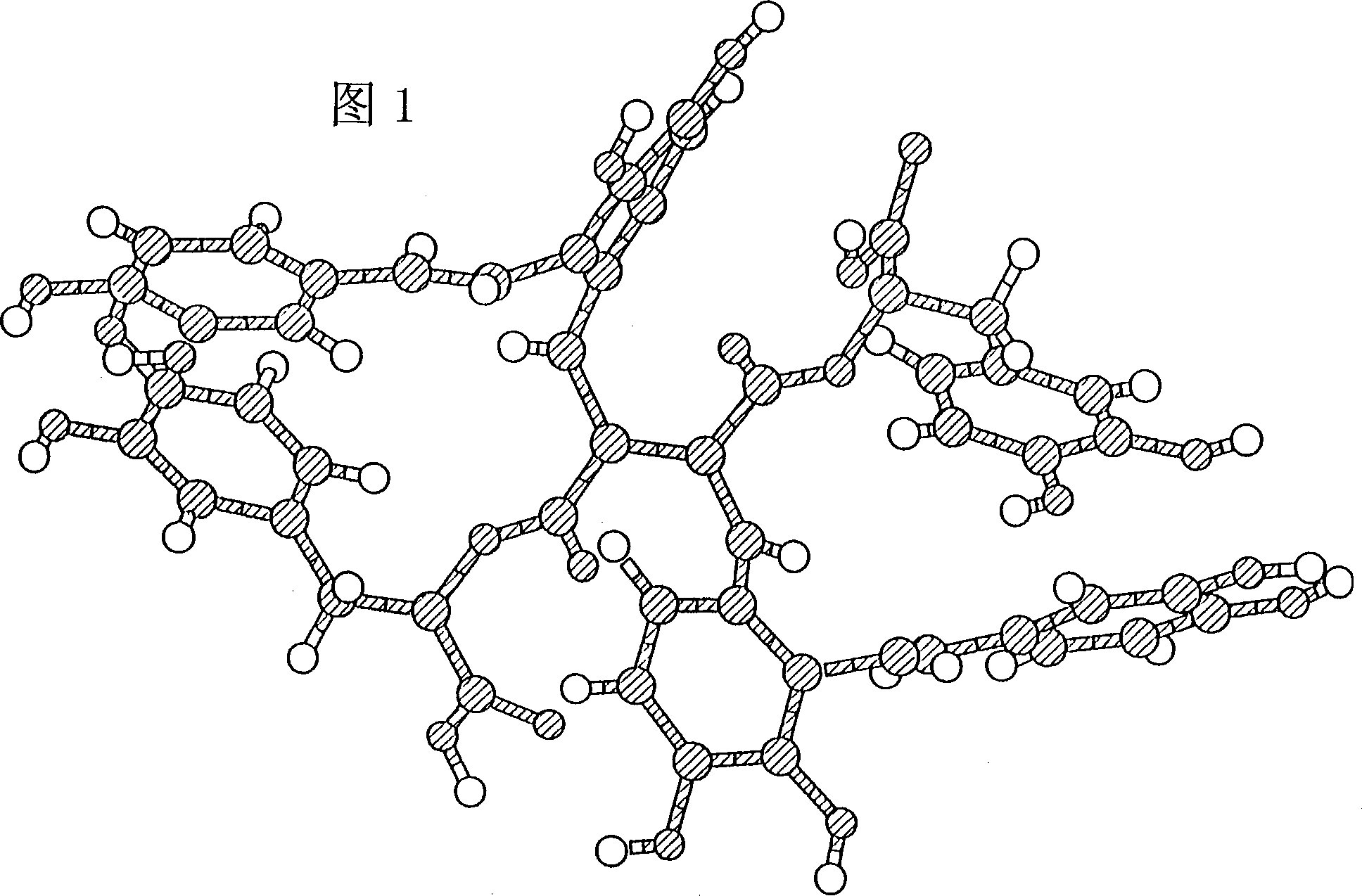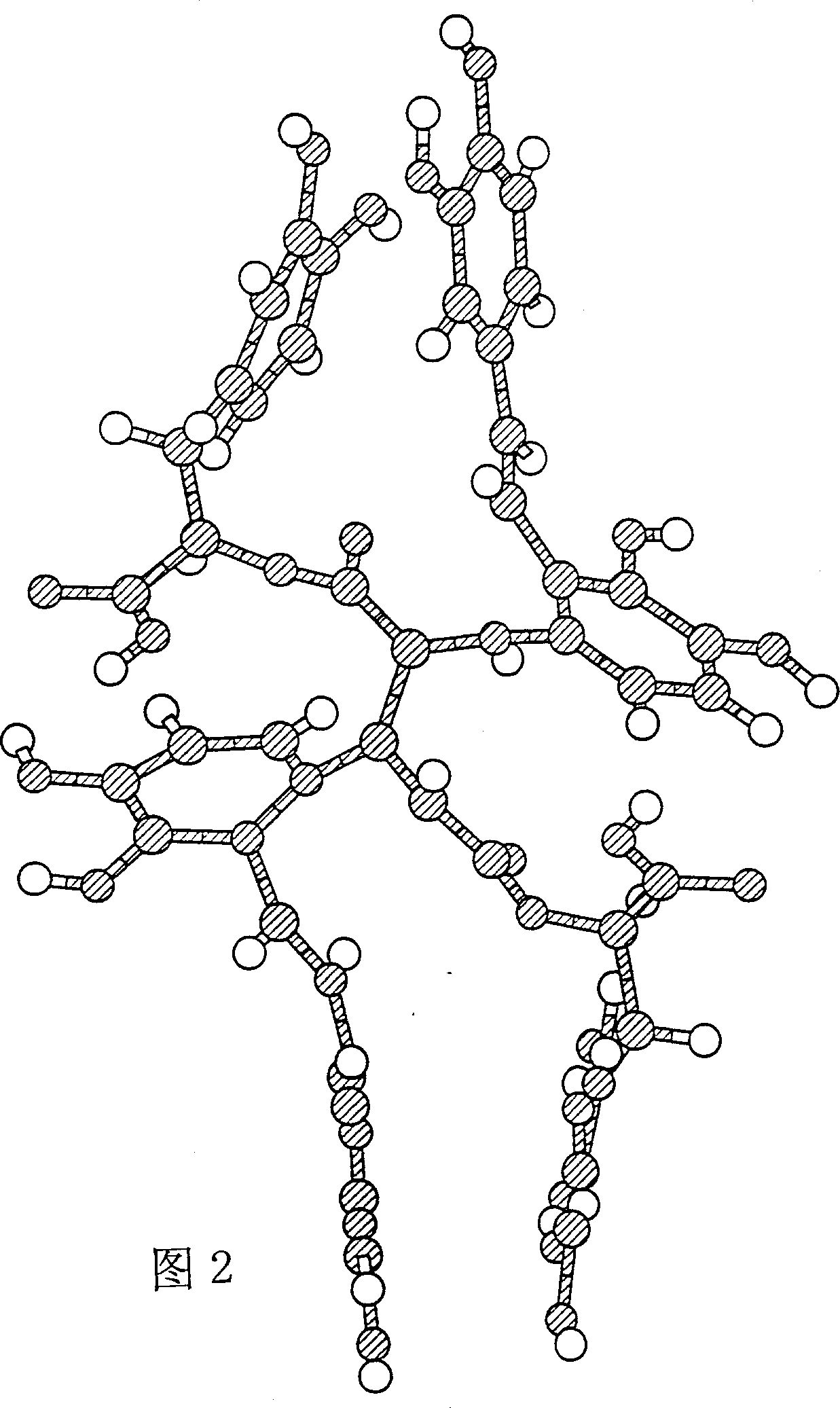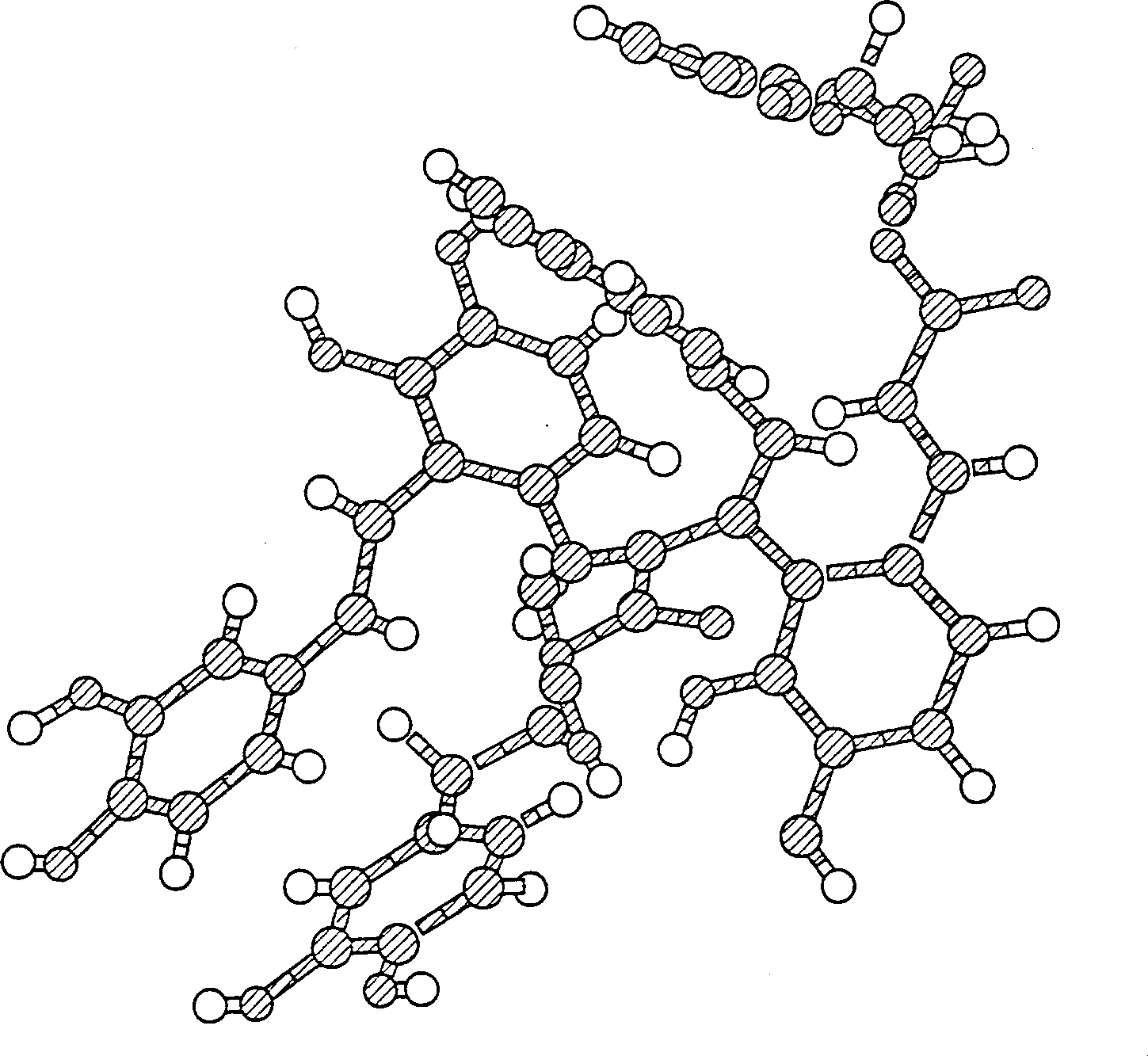Compounds obtained from i(salvia) species having antiviral activity
A viral infection, virus technology, applied in the direction of antiviral agents, organic active ingredients, active ingredients of hydroxyl compounds, etc., can solve problems such as expensive diseases
- Summary
- Abstract
- Description
- Claims
- Application Information
AI Technical Summary
Problems solved by technology
Method used
Image
Examples
Embodiment 1
[0064] Extraction of antiviral agents from SM and SY
[0065] Plant extracts of SM and SY were prepared as follows:
[0066] Step 1: Dry SY in Milli-Q distilled water (dH 2 O) (18.0 mOhm / cm) and concentrated to a final density of 1.30 g / ml. followed by dH 2 O The extract was diluted 1:5 and centrifuged at 8000 rpm for 90 minutes at 25°C in a GS-3 rotor. Discard the pellet and keep the supernatant. One-tenth volume of 1.0N HCl solution was added to the supernatant so that the final concentration of HCl was 0.1N. The supernatant was incubated overnight at 25°C. The solution was centrifuged in a GS-3 rotor at 8000 rpm at 25° C. for 90 minutes, and the resulting precipitate was washed with 95% ethanol and then filtered through a 0.2 μm filter system. This operation was repeated until the washing solution became clear. The precipitate was then dried on filter elements at room temperature, followed by incubation in an oven at 70°C overnight. Resuspend the powder in dHO at a ...
Embodiment 2
[0088] Antiviral Trials: Efficacy of Virus Suppression
[0089] In Vitro HIV-1 Integrase Assay: An in vitro assay for monitoring HIV-1 integrase activity has been developed as described below. These assays utilize purified recombinant HIV-1 integrase and oligonucleotide substrates representing the LTR termini of viral DNA. An important benefit of data obtained from in vitro assays is that the assays reflect actual functional activity occurring in vivo. Fluorescence assays (Lee et al., "Analytical Biochemistry" 227:295-301 (1995)) and radioactive assays have been developed to improve the in vitro assays disclosed above (Lee et al. "Biochemistry" 34:10205-10214 (1995) ); Lee et al. Biochemistry 34:10215-10223 (1995)). In addition, we improved the enzyme preparation, which increased the quality of HIV-1 integrase samples (Lee & Han, "Biochemistry" 35:3837-3844 (1996); Lee et al., "Biochemistry" 36:173-180 (1997)). The aforementioned improvements in in vitro assays a...
Embodiment 3
[0093] In vitro test of SM extract
[0094] The feline immunodeficiency virus (FIV) model is an accepted animal model for studying drugs against HIV infection. FIV is a T-cell trophic lentivirus isolated from cats. FIV is biologically and biochemically similar to HIV, including high homology between FIV and HIV integrase. FIV-infected cats develop feline acquired immunodeficiency syndrome (FAIDS), which is similar to full-fledged AIDS in humans.
[0095] In vitro FIV model in cell culture: The Crandell-Reese feline kidney (CrFK) cell line is sensitive to FIV infection and supports viral replication. CrFK cells are an efficient tool for virus production and analysis of FIV infection. Although FIV does not cause cytopathic effects in FIV-infected CrFK cells, diagnostic tests to screen for FIV infection in tissue culture are available. Research confirms the efficacy of SY.
[0096] ED 50 Determination of: The effect of part 1 on protecting CrFK cells from FIV in...
PUM
 Login to View More
Login to View More Abstract
Description
Claims
Application Information
 Login to View More
Login to View More - R&D
- Intellectual Property
- Life Sciences
- Materials
- Tech Scout
- Unparalleled Data Quality
- Higher Quality Content
- 60% Fewer Hallucinations
Browse by: Latest US Patents, China's latest patents, Technical Efficacy Thesaurus, Application Domain, Technology Topic, Popular Technical Reports.
© 2025 PatSnap. All rights reserved.Legal|Privacy policy|Modern Slavery Act Transparency Statement|Sitemap|About US| Contact US: help@patsnap.com



